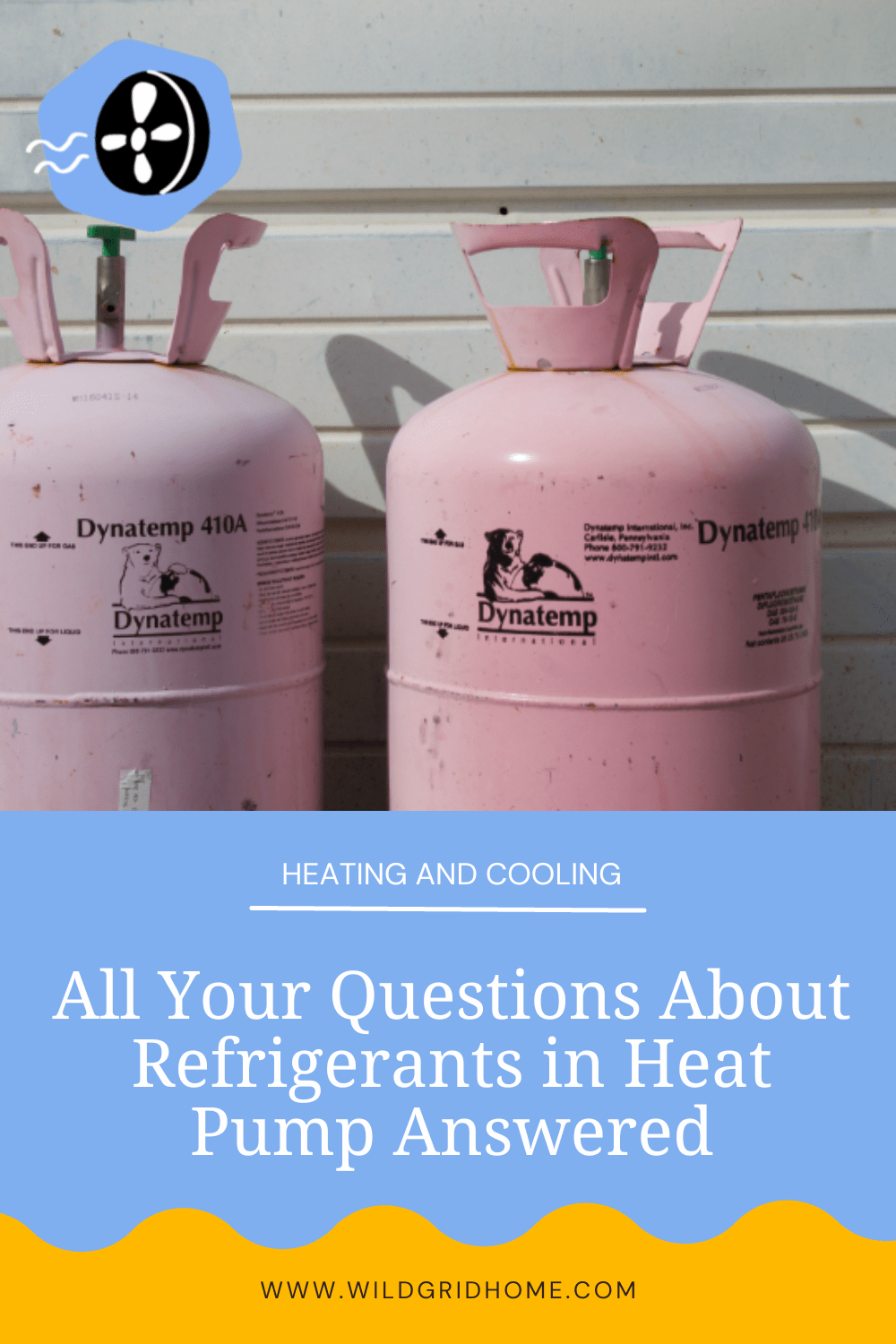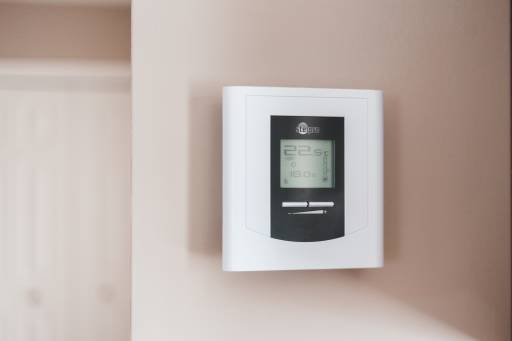All Your Questions About Refrigerants in Heat Pumps Answered
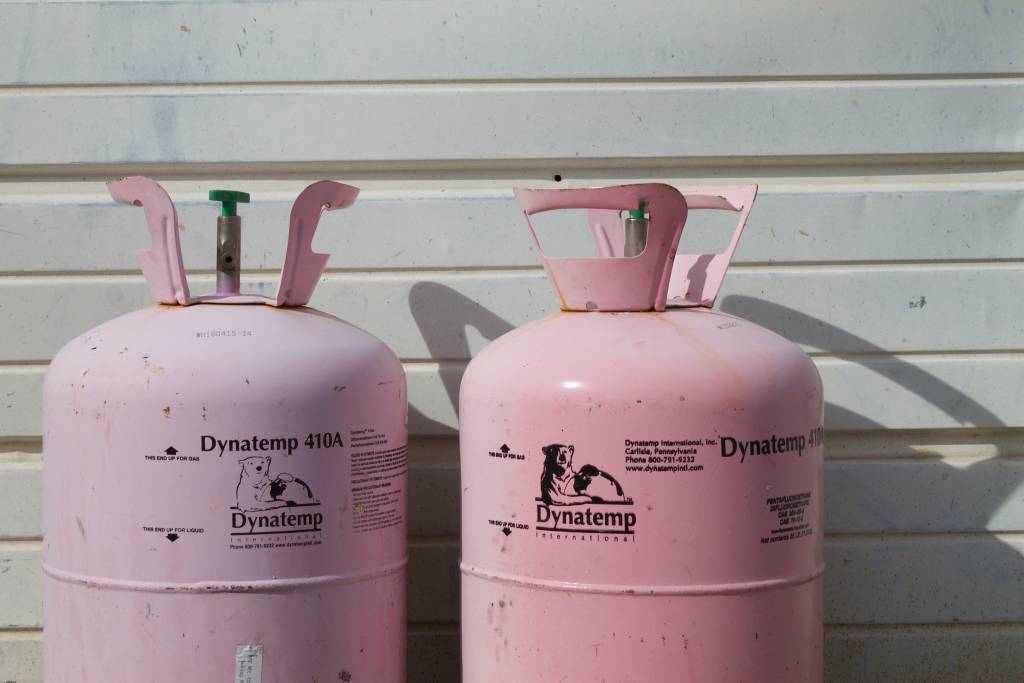
Unless you’re a HVAC technician, a chemistry whiz, or a climate-legislation nerd, the word “refrigerant” probably doesn’t mean a whole lot to you.
Googling won’t do much to change that: most refrigerant-focused sources are riddled with mysterious acronyms and scientific jargon that are more likely to make you want to shut your laptop and take a stress nap than actually leave you with any useful information. 🥴
As always, Wildgrid is here to make learning about home electrification a little less tedious and a little more fun.
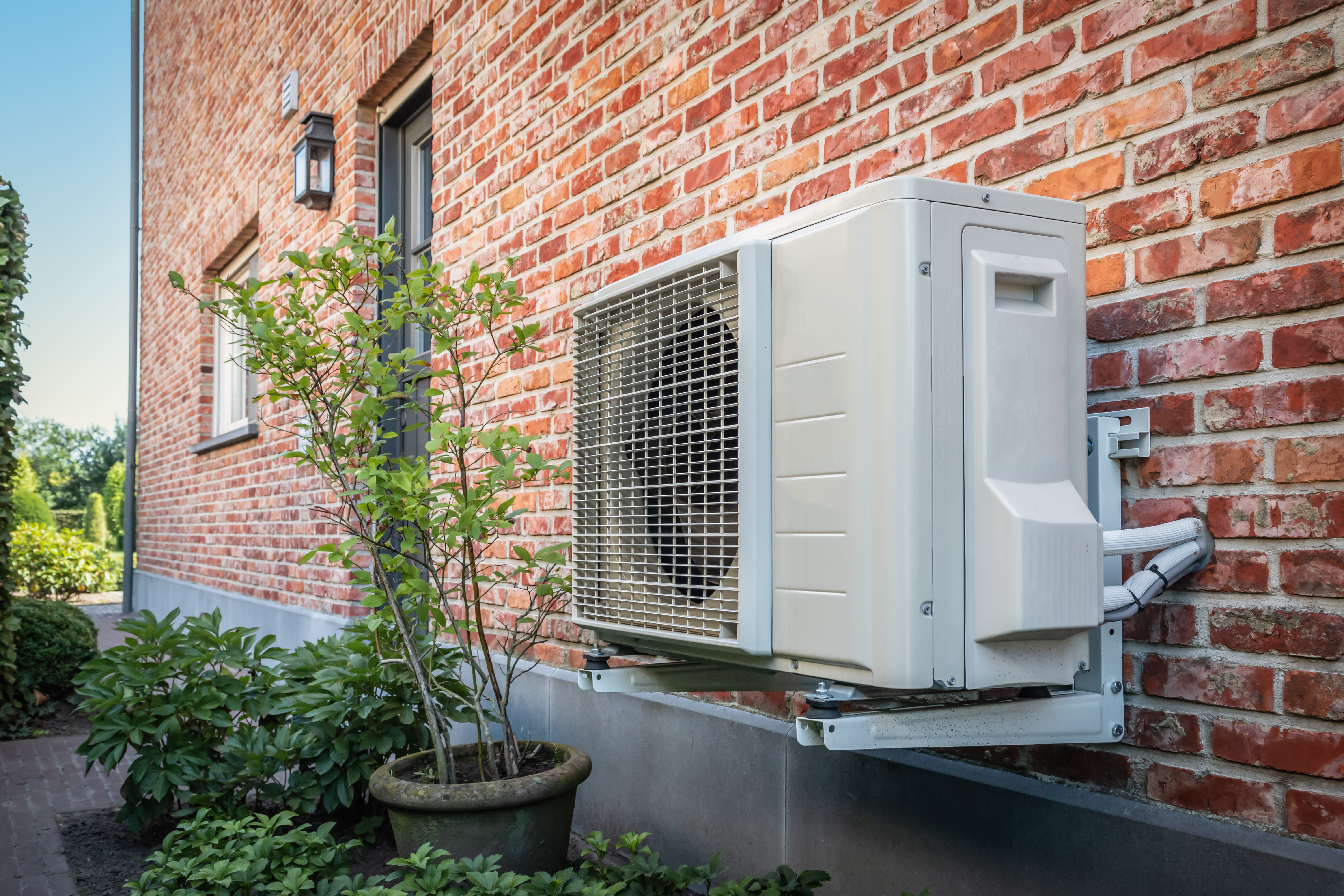
The Basics of Refrigerants
Refrigerants, the lifeblood of heat pumps, are actually pretty cool, and they have an interesting history. Let’s get into it.
What are refrigerants, and how do they work in heat pumps? 🤔
Refrigerants are chemical substances with specific properties that allow them to easily transfer thermal energy to and from the surrounding air - i.e. make it hotter or colder.
Because of this, refrigerants are found in a lot of HVAC equipment like heat pumps and air conditioners. They’re also key to keeping the food in your fridge cold. 🔑
BUT – refrigerants can only work their magic if they are passed through something called a “refrigeration cycle.”
A refrigeration cycle is a repeated process in which a refrigerant is pressurized and depressurized. At low pressures, refrigerants cool down, which allows them to absorb thermal energy from their surrounding environment. At high pressures, refrigerants heat up, which allows them to release thermal energy to their surrounding environment.
This is all a heat pump does: move refrigerant through a refrigeration cycle. Most if not all of the electricity consumed by a heat pump goes towards pressurizing and depressurizing a refrigerant in order to transfer heat in and out of your house, based on your temperature needs.
Learn more about the inner workings of heat pumps.

What refrigerants are used in heat pumps? 🔥 ⛽
This is where most other sources start to get into the weeds, because there are TONS of different kinds of refrigerants, and the differences between them are very technical. Let’s try to break it down.
Ideally, the refrigerants used in heat pumps would be:
☠️ Non-toxic
🔥 Non-flammable
and have:
🫖 A low boiling point
🧣 Efficient heat absorption
☁️ No ozone-depleting potential
🌍 No atmospheric warming effects
In reality, you can’t have it all. But there are quite a few chemicals, synthetic and natural, that come close to checking all of these boxes. Some are better than others.
Heat Pump Refrigerant Types
Refrigerants fall into different classes based on their big picture chemical composition. There are five main classes:
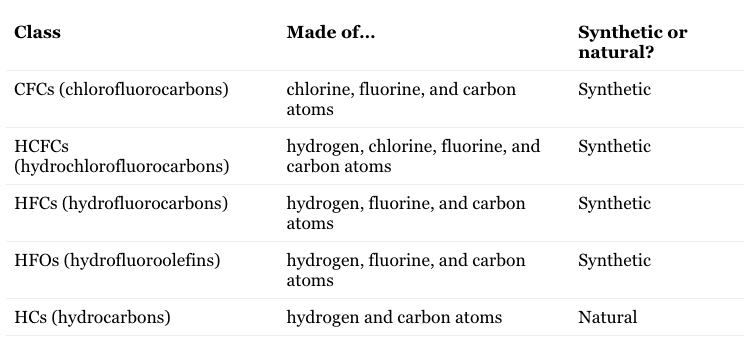
Refrigerants in all of these classes are referred to either by a brand name (if they are synthetic — natural refrigerants just go by their regular ol’ names), or by a “code” name. 🕵️
The code names always have the same format: the letter R (for Refrigerant), followed by two to four numbers, and maybe a letter or two. These numbers and letters tell people who are in the know very specific chemical information about the refrigerant they refer to.
Don’t fret if you’re not one of those people. The nomenclature may seem intimidating, but to the average person, the meaning is irrelevant. They're just funny names.

Some history… some trivia… some gossip…
There’s tea. ☕
CFCs and HCFCs were internationally banned in 1987 under a UN environmental treaty called the Montreal Protocol. This is because scientists were able to establish that their presence in the atmosphere (more specifically, the presence of the chlorine atoms) was what was causing holes to form in the ozone layer. 👎
But, it took a while to phase these refrigerants out completely, so heat pumps made before 2010 might still use a refrigerant that belongs to one of these classes: most likely an HCFC called R22, or Freon.
Side note: since the ban and the phase out, the holes in the ozone layer have started to shrink. Pretty fricken’ cool.
Today, HFCs are on their way out.
Refrigerants that fall into this category became the industry standard in the wake of the Montreal Protocol, because they didn’t deplete the ozone layer. The most popular HFC for heat pumps was R410A, or Puron – if you have a heat pump, it’s probably running on Puron.

However, HFCs are extremely aggressive greenhouse gases, with an atmospheric warming potential up to 11,700 times that of carbon dioxide. So, a 2016 addition to the Montreal Protocol called the Kigali Amendment called for the gradual phase out of HFCs, starting in 2023.
New heat pumps will run on HFOs and HCs, which don’t deplete the ozone layer and are comparable to carbon dioxide with regards to their warming potential. It looks like a HFO refrigerant called R454B, or Puron Advance, will take over from Puron as the “it” refrigerant. 😎
The catch…
In general, transitioning to more environmentally friendly refrigerants has mostly upsides. 💪
Unfortunately, heat pumps that use R410A aren’t compatible with R454B, because they have different boiling points and accordingly have different refrigeration cycles. R454B is also just a little flammable, while R410A is not, so older heat pumps may not have the features needed to operate safely with R454B.
For heat pump owners, the implications of the Kigali Amendment will be minimal for the time being: R410A will be available for a little while longer, so repairs to older heat pumps will still be possible. But when they are no longer possible, it will probably be cheaper to just get a new system than to retrofit your old one to be compatible with R454B.

How do I know if my heat pump is leaking refrigerant?
This is an important question for a heat-pump-having homeowner. Probably the question that brought you here. Sorry for the wait, hope you enjoyed the ride. 🙏
A leaky heat pump not only contributes to ozone depletion and global warming; it also limits the efficiency of your HVAC system and exposes you to risks like fire and unhealthy indoor air pollution.
How to check the refrigerant level in heat pumps?
Unfortunately, you probably won’t know that your heat pump is leaky until you’re already experiencing some of the accompanying drawbacks. Telltale signs are:
📉 Decreased efficiency (which might manifest as a higher energy bill).
❄️ An outdoor unit that keeps freezing in cold weather.
💧 Visible leaks/damage.
But there’s no routine way to check up on your refrigerant levels. So, it’s a good idea to have a heat pump expert come take a look at your unit every once in a while to make sure your system is in tip-top shape, especially if your heat pump is older and uses a banned or soon-to-be-banned type of refrigerant. ❌
To learn more about the nitty gritty of home electrification, check out Wildgrid’s planning tool. It’s dope.
